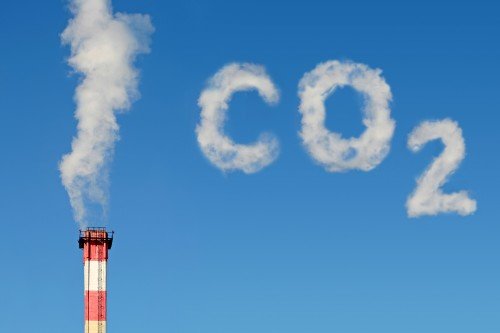
Carbon Dioxide Removal
Carbon dioxide removal (CDR) involves taking this greenhouse gas out of the atmosphere and storing it underground or under the ocean floor, ideally for a very long time. There are both nature-based and technology-based approaches to CDR.
For millennia, trees have been nature's heroes when it comes to combating climate change. They can absorb and store carbon in their trunks, branches and leaves on a massive scale - the net absorption of forests annually is an impressive 7.6 billion metric tons! This figure represents close to one-third of global emissions every year; however recently scientists are starting to embrace another powerful tactic – direct air capture (DAC). Using special machines and technology DAC pulls CO₂ from our atmosphere like a vacuum cleaner ridding unwanted dirt particles; this method has incredible potential for tackling climate issues at pace.
Direct Air Capture
The world's largest DAC plant, known as Orca, has opened in Iceland. The facility is revolutionizing our fight against climate change by using giant fans to capture carbon dioxide from the atmosphere and transform it into stone with a process called Direct Air Capture (DAC). Companies like Carbon Engineering of Canada and Climeworks of Switzerland are helping make this possible - capturing up to 4,000 metric tons annually which helps reduce emissions equal to those produced from 504 homes' energy use over one year.
Around the world, 19 Desalination and Advanced Conversion (DAC) facilities are up and running. However, according to a recent report from the International Energy Agency, in order for us to meet our global climate goals by 2050 we need an incredible 32 of these large-scale plants built every year.
Carbon Sequestration
Carbon sequestration refers to how—through biological, chemical, and physical processes—carbon dioxide is naturally removed from the atmosphere and locked away in the planet’s soils, oceans, trees, and rocks. For instance, as a tree grows, photosynthesis captures carbon dioxide from the atmosphere and stores it in the trunk, branches, leaves, and roots.
Although carbon sequestration is an important mitigation strategy, deforestation and other disturbances can cause huge losses of CO2. To counteract the devastating effects on our climate caused by these events, we must work to stop deforestation, restore cleared land for regrowth, and return vitality back into damaged woods.
Climate change is already making a drastic impact on the world, not least within our oceans. Carbon sequestration has been proposed as an effective form of mitigating carbon emissions but this requires farmers to drastically switch their practices and stop tilling or plowing fields so that stored up CO2 in soil doesn't escape back into the atmosphere. Fortunately, regenerative agriculture is becoming more popular – focusing on sustainability while preserving healthy soil which reduces disturbance thanks to different farming methods being adopted around the globe.
Carbon Stock Protection
To protect our planet and the species living on it, this approach advocates for differentiating forests with high carbon and conservation value from those that are degraded. When considering solutions to halt climate change, restoration should work towards decreasing pollutants in the environment while also preserving habitats rich in biodiversity; all at once creating ecosystems capable of storing more emissions released into the atmosphere.








